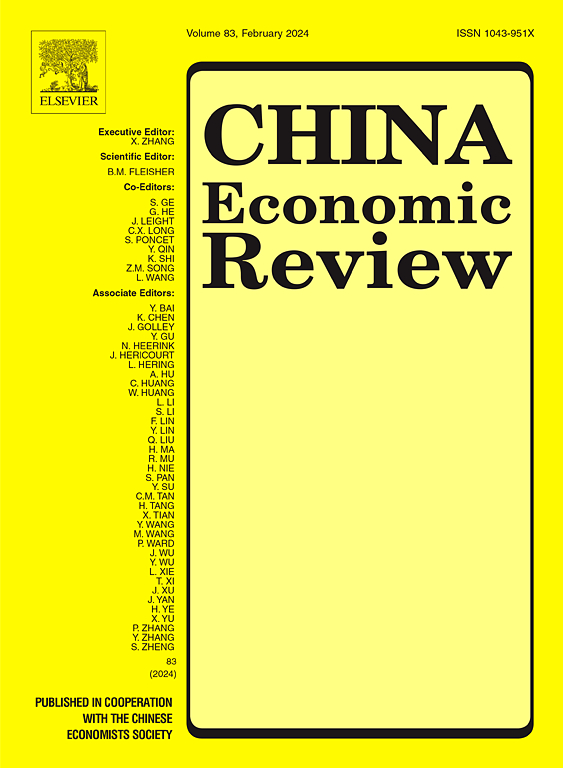城市碎片化与创新协作:来自中国的证据
IF 5.5
1区 经济学
Q1 ECONOMICS
引用次数: 0
摘要
本文对中国地级市的城市形态进行了测度,并考察了城市碎片化对地方创新活动的影响。利用1999年至2021年的统一卫星夜间灯光数据集,我们将城市区域划分为夜间相邻明亮网格形成的多边形。我们将城市形态的变化分解为两个组成部分:单个多边形的分散,以及这些多边形之间日益增长的空间分离所带来的碎片化。我们的实证分析表明,城市形态的恶化通常会导致个人通勤时间的延长,这与地方专利授权的减少有关,而城市碎片化是主要驱动因素。机制分析表明,城市碎片化加剧不成比例地阻碍了协同创新,主要是通过提高发明人团队内部的沟通成本。这些发现强调了优化的城市空间结构在促进面对面互动和知识溢出方面的关键作用,这对创新生态系统至关重要。本文章由计算机程序翻译,如有差异,请以英文原文为准。
Urban fragmentation and innovation collaboration: Evidence from China
This paper measures the urban shape of Chinese prefecture-level cities and examines the impacts of its fragmentation on local innovation activity. Using a harmonized satellite nightlight dataset from 1999 to 2021, we delineate urban areas as polygons formed by adjacent bright grids at night. We decompose changes in a city's urban shape into two components: the dispersion of individual polygons, and the fragmentation characterized by the growing spatial separation between these polygons. Our empirical analysis reveals that deteriorating urban shape, which typically results in longer commutes for individuals to meet, is associated with fewer local patent grants, with urban fragmentation being the primary driver. Mechanism analysis reveals that intensified urban fragmentation disproportionately impedes collaborative innovation, primarily by elevating communication costs within inventor teams. These findings highlight the pivotal role of optimized urban spatial structures in fostering face-to-face interactions and knowledge spillovers essential for innovation ecosystems.
求助全文
通过发布文献求助,成功后即可免费获取论文全文。
去求助
来源期刊

中国经济评论
ECONOMICS-
CiteScore
10.60
自引率
4.40%
发文量
380
期刊介绍:
The China Economic Review publishes original works of scholarship which add to the knowledge of the economy of China and to economies as a discipline. We seek, in particular, papers dealing with policy, performance and institutional change. Empirical papers normally use a formal model, a data set, and standard statistical techniques. Submissions are subjected to double-blind peer review.
 求助内容:
求助内容: 应助结果提醒方式:
应助结果提醒方式:


